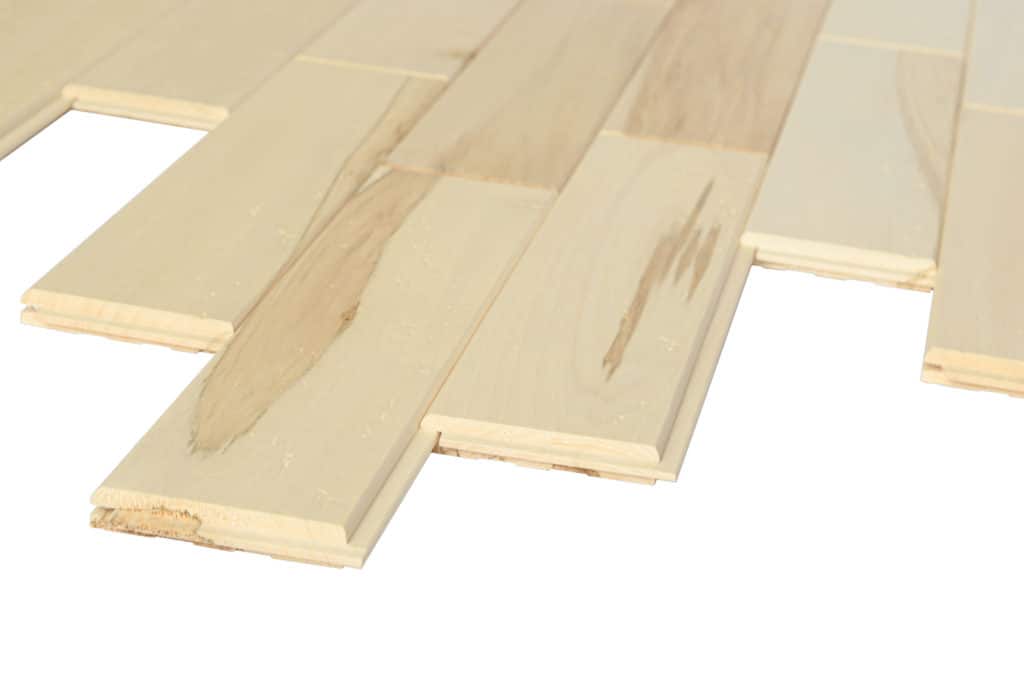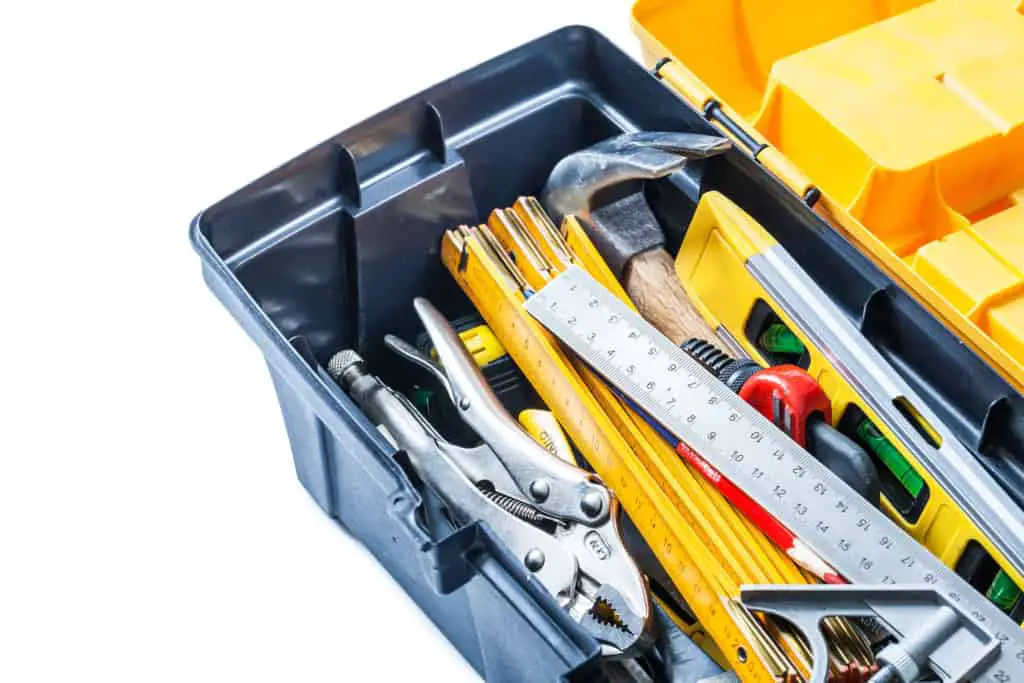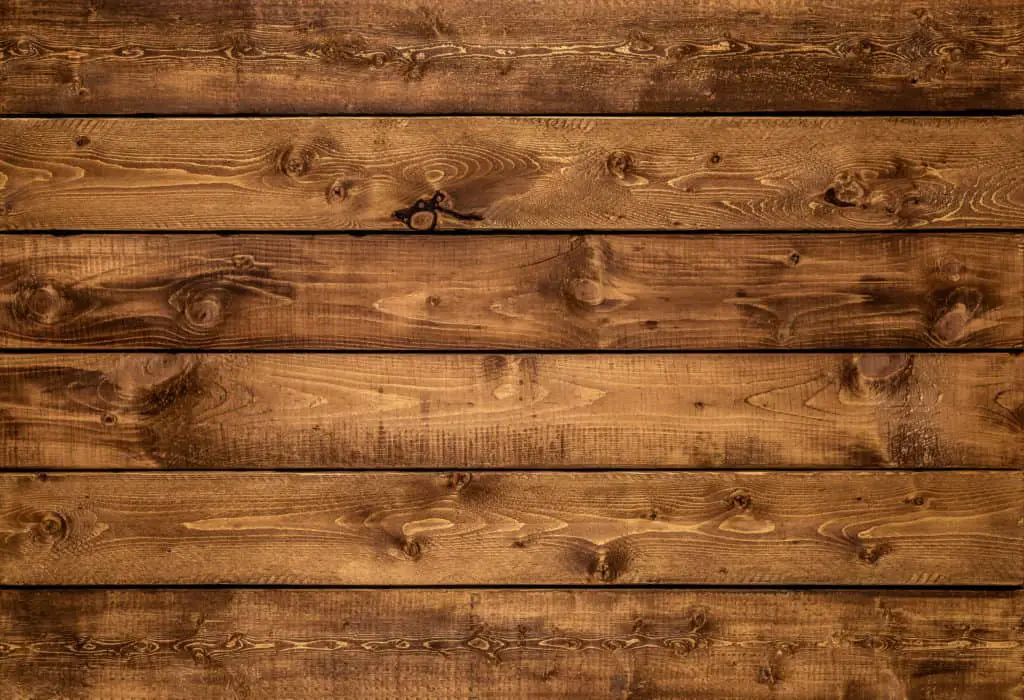
Compared to drywall, plaster walls bring a lot more benefits to the table. Plaster walls are stronger than drywall, more energy-efficient, and sound blocking. With these benefits, however, plaster walls can crack easier, so considering paneling over your plaster walls is a good thought.
You can panel over plaster walls. It is a very simple process with the right materials and some simple construction knowledge. If you aren’t knowledgeable about construction, it won’t be a problem. You will be able to learn what you need to know about paneling a plaster wall by reading this article.
So, let us take a look at what materials you will need, where to get them, how to put the paneling on the wall, and the benefits of paneling your walls.
What Materials Do You Need

To get a job done, you will always need the right materials to be able to accomplish what you need to do. With paneling your wall, there are quite a few materials that you are going to need to get in order to get the job done. One benefit of these materials is that they are relatively cheap. This is good for you because you won’t be breaking the bank to get the project done.
The materials that you will need include the following:
- Tape Measure
- Pieces Of Paper
- Pencil
- Spirit Level
- The Paneling Of Your Choice
- Nails & A Nail Gun
- Chalking
- Stud Finder
- Saws (Jigsaw or Circular)
You will be measuring out the dimensions of the walls that you will be paneling, having the correct sized paneling, and making constant adjustments to your layout. So you will need patience through the process of setting the layout of your paneling. Breaking up the time spent on this project is highly suggested to be able to get the best results possible from this project.
Where To Get The Materials
You will be able to get the materials that you need for the paneling process from any local department store. The best places to acquire the materials would be either Home Depot or Lowes. These two stores will have the best and widest variety of materials to choose from.
I still would suggest doing your own research either online or asking questions in the department stores before you purchase the materials. You don’t want to overpay for the project. Doing your own research into which tools and materials to get will allow you to be able to get the best materials for the best price that you can get.
Why You Would Want Have Paneling
So paneling your wall and everything would be a cool thing to do, however, we need to find a reason why we would want to panel our walls. Would it make my walls look cool? Would you be able to have more support from the paneling? Or would paneling your wall do anything at all for you?
“Wall panels bring luxury and charm in the room they are used. Wall paneling that is decorative is inexpensive in nature, is versatile, and brings out the best look of the place where it is used.”
When you panel your walls, it will bring the attraction and inviting nature that it naturally brings to the room. It will bring that luxury and charm feeling to anywhere you choose to install the paneling. The price makes it even better. No one wants to spend a ton of money, so to have a project like this and to have it be cheap makes it worth the time and energy needed to get it done.
How To Put The Paneling Up

Now that you have a vision of how paneling will be able to help you and your house, you can start to get to work and panel your walls. Let’s go through the steps that need to be accomplished to correctly panel your wall. For best results, bring your paneling into the room where you will be paneling the walls. This will allow the paneling to adjust to the humidity of the room. You should do this a couple of days before you start the project.
Step 1: Prep
To make sure that your wall is ready to panel, you will need to remove any plates, outlets, or nails that are in the wall. For anything that you are using again, such as baseboards, crown molding, and trim, make sure that you remove them gently. This will help with reducing the number of materials you need to get the job done.
Step 2: Measure
You will need to be able to measure your wall properly in order to know how much paneling you need to buy. You will do this by measuring the height and width of the wall to determine its square footage. We will also need to subtract the square footage that is taken up by windows or doors.
Step 3: Level
Having the paneling level is a very important step that you need to make sure you accomplish. If you don’t, the paneling will not look good and you will want to do it again, which is no fun.
You will get a piece of paneling and have a helper hold it up with you in one of the corners of the room. Once you have done this, have either you or your partner check to see if it is level. Once you have found out where it is level, trace your panel with a pencil so that you can apply the panel in that exact spot. Do this for the entire wall.
Step 4: Trim Up The Paneling
Trimming up the piece of paneling will also help you to have the pieces of paneling be level. To do this, you will want a jigsaw that will be able to cut very fine lines. All panels will need to be trimmed 1/4 of an inch from the ceiling to allow for contraction and expansion.
Step 5: Cut Out Openings
Where ever you have an outlet, wall plate, or electrical box you will want to cut an opening. You will do this with your jigsaw after you mark where you need to cut that particular opening.
Step 6: Apply The Adhesive
To all the panels that you will be setting up, you will apply the adhesive with a chalking gun in a “W” pattern. You will then place the panels in place and press the panels against the wall. After this, you will pound the pannel in with a rubber mallet and repeat this with every panel you will be applying.
Step 7: Use Finishing Nails
Using the stud finder, you will find the studs and hammer those nails into the studs to give the panel more security and support. You can either do this with a nail gun or a hammer. Do this to every panel that you have put up.

Recap
Paneling your wall will benefit you and the look of your house. So go right ahead and panel your plastered wall to help your house look the best that it can be.
